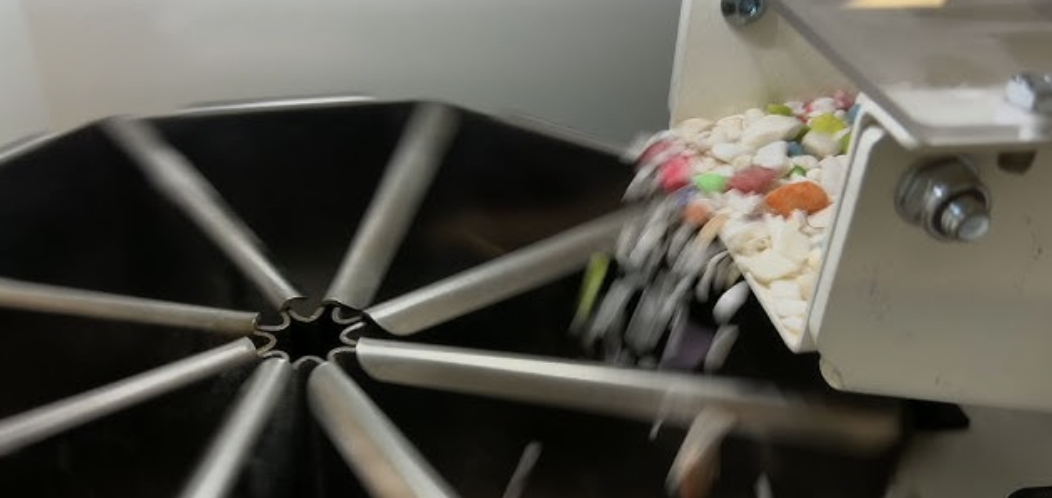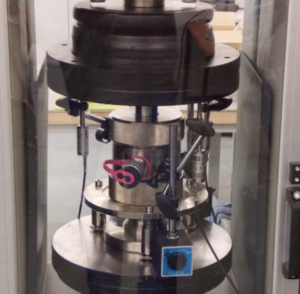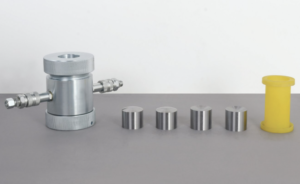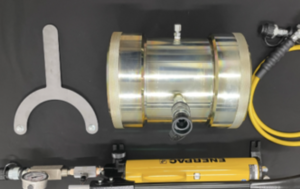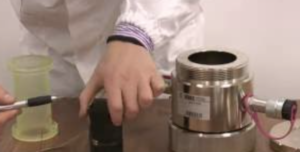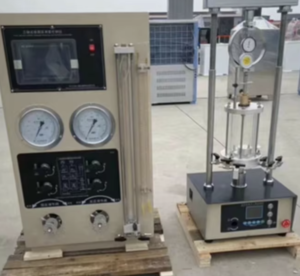What Is a Rotary Sample Divider? Everything You Need to Know
A rotary sample divider is a precision laboratory instrument designed to evenly split bulk materials into smaller, representative samples. It ensures consistent sample quality, accuracy, and reliability, essential for meaningful lab analyses and research.
How Does a Rotary Sample Divider Work?
A rotary sample divider1 works by evenly distributing bulk material through a rotating mechanism:
- Feeding the Material: The bulk sample is loaded into a vibratory feeder or hopper.
- Even Distribution: The feeder gently channels the material onto a rotating carousel with multiple containers.
- Consistent Splitting: Rotation evenly divides the material into identical sub-samples, eliminating bias and particle segregation.
This method provides precise, representative sampling2 critical for high-quality test results.

Why Use a Rotary Sample Divider Instead of Manual Methods?
Rotary dividers offer significant advantages over manual methods:
- Improved Accuracy3: Automated rotation ensures uniform distribution, minimizing human error.
- Enhanced Repeatability4: Consistent splitting leads to reliable, reproducible results.
- Time Savings5: Faster operation than manual splitting increases lab efficiency.
| Method | Accuracy & Repeatability | Risk of Human Error |
|---|---|---|
| Manual Splitting | Moderate | High |
| Rotary Divider | High | Very Low |
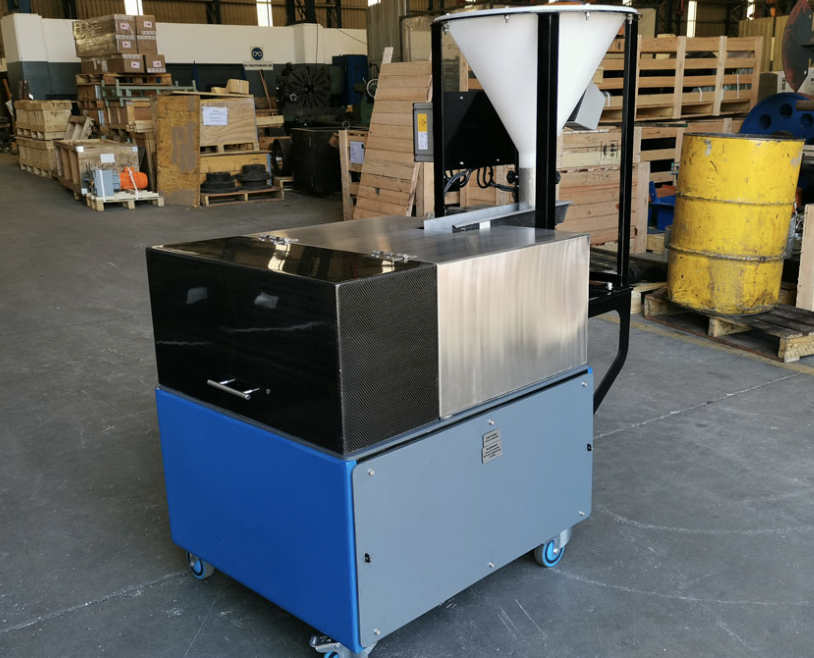
What Materials Are Best Suited for Rotary Division?
Rotary sample dividers handle various materials effectively:
- Fine Powders6: Pharmaceuticals, chemical powders, flour.
- Granular Materials7: Sand, seeds, grains, aggregates, soil samples.
- Minerals and Metals8: Ore samples, coal, mineral concentrates.
Materials that benefit most are those prone to segregation or sensitive to sampling inconsistencies.
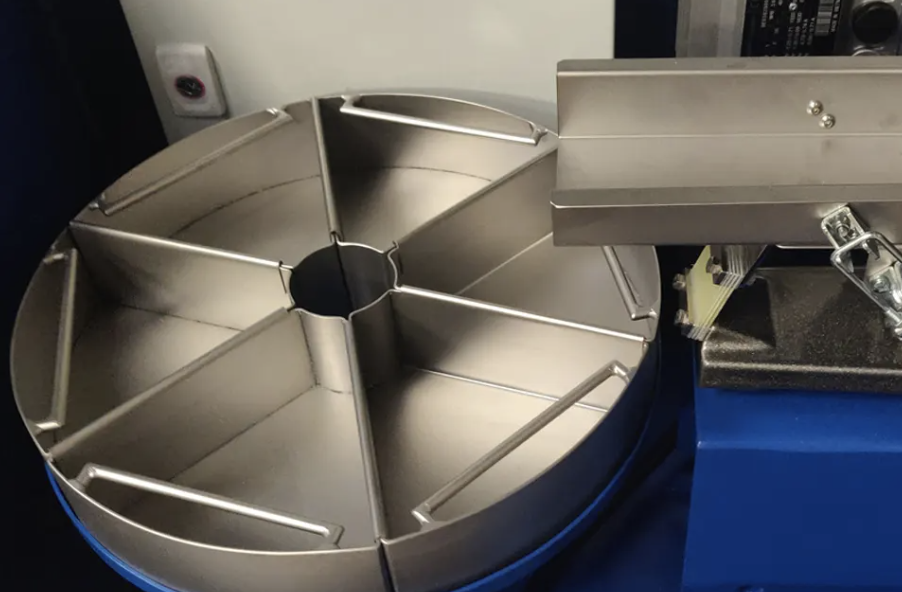
What Features Should You Look for in a Good Divider?
When selecting a rotary sample divider, prioritize these features:
- Adjustable Speed Control: Allows precise handling of diverse material types.
- Durable Construction: Stainless steel components provide longevity and easy maintenance.
- Automated Vibratory Feeder: Ensures consistent material flow.
- User-Friendly Design: Intuitive controls for ease of operation and minimal training.
| Essential Feature | Benefit |
|---|---|
| Adjustable Speeds | Flexible application |
| Robust Materials | Long-term reliability |
| Easy-to-use Interface | Simplified lab workflows |
Conclusion
A rotary sample divider is an indispensable lab tool, providing accurate, unbiased, and reproducible sample divisions. Investing in a high-quality divider enhances lab productivity, ensures compliance with testing standards, and ultimately contributes to trustworthy research outcomes.
-
Understanding the mechanics of a rotary sample divider can enhance your knowledge of precise sampling techniques. ↩
-
Learning about representative sampling will deepen your understanding of quality control in testing processes. ↩
-
Understanding the benefits of improved accuracy can enhance your lab’s precision and reduce errors in measurements. ↩
-
Exploring enhanced repeatability can help you achieve consistent and reliable results in your experiments. ↩
-
Discover how time savings can boost your lab’s efficiency and productivity with rotary dividers. ↩
-
Exploring this resource will provide insights into effective sampling techniques for fine powders, crucial for industries like pharmaceuticals and food. ↩
-
This link will guide you through the best methods for sampling granular materials, ensuring accuracy and consistency in your results. ↩
-
Understanding the challenges in sampling minerals and metals can enhance your sampling strategies, especially in mining and metallurgy. ↩

